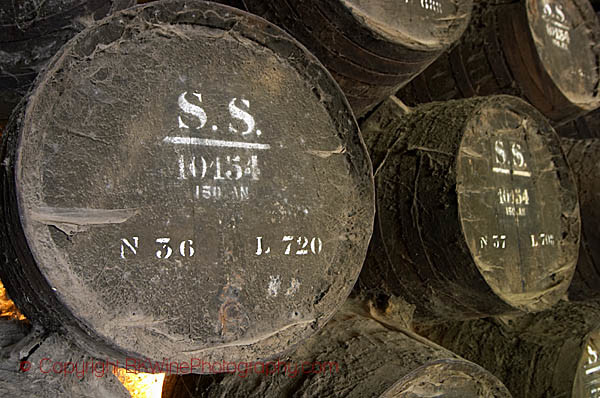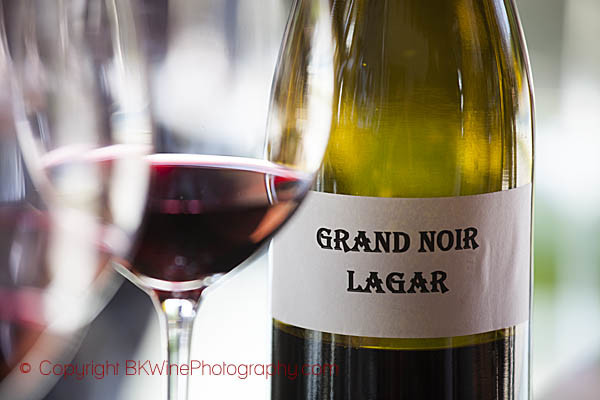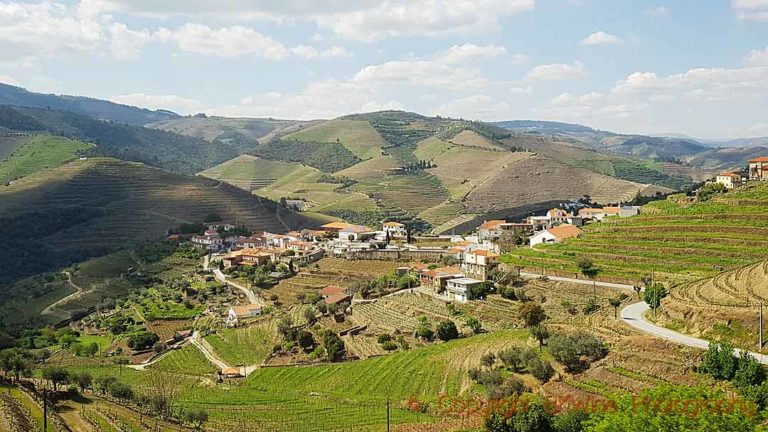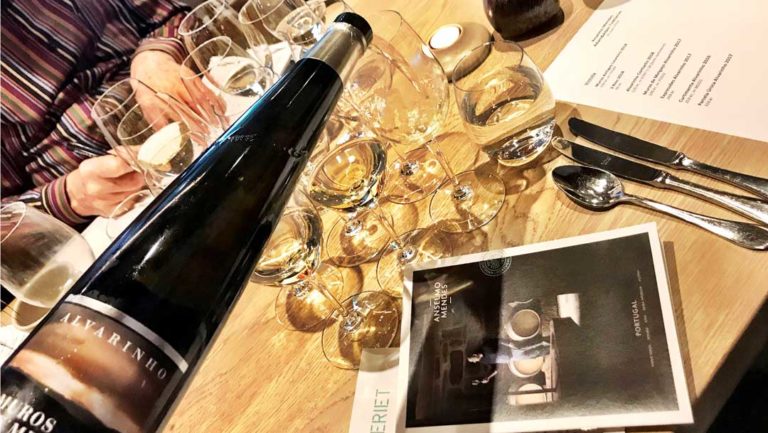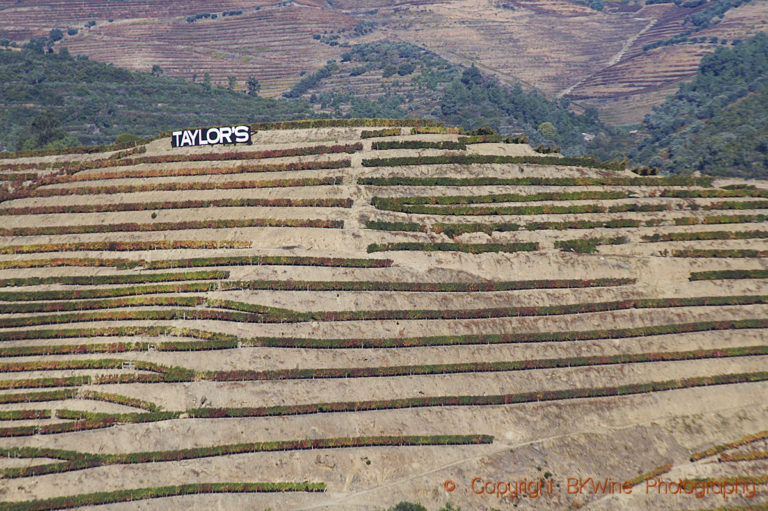Domingos Soares Franco, who is Jose Maria da Fonseca’s chief winemaker, was recently in Stockholm for the Portuguese wine day and had a separate tasting of his wines. Jose Maria da Fonseca is one of Portugal’s most renowned wine producers and has been producing wines since the mid-1800s. Most famous are the Perquita and Moscatel de Setubal wines that come from their large facilities in Setubal outside Lisbon. But today they also own vineyards in the Douro, where they produce wines from the traditional port grapes.
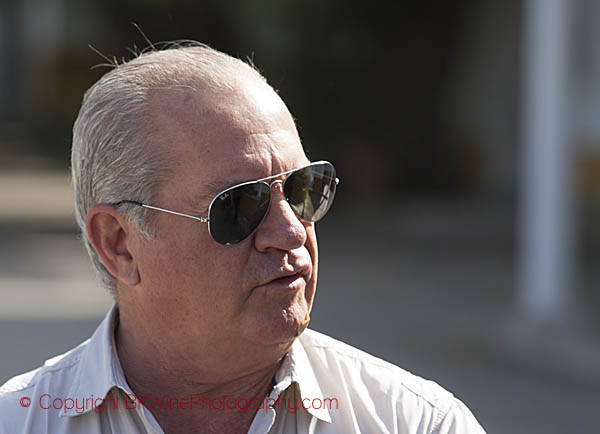
The tasting began with Periquita rosé Alcohol Free, an alcohol free rosé based on a conventional rosé from which most of the alcohol was removed. A very fruity “wine” with a taste of strawberries with a small addition of carbonic acid.
The next wine was Moscatel Roxo Rosé 2014, a rosé is made from a red grape that is a mutation of the white Moscatel giving a wine with a faint red color and a distinct muscat character.
Domingos know Sweden as his second home because Sweden and the Nordic countries are big markets and he has been in Sweden many times. He told me about their efforts to produce organic wines certified according to the EU regulations that he feels that the authorities in Portugal interpret very strictly. It has taken a long time to get approval. Today Jose Maria da Fonseca produces organic wines but they could not be presented because they were held up in the Swedish customs. Domingos told me the work they do in all their vineyards since long to minimize the use of chemicals and to avoid chemical fertilizers and to adapt their use according to the climate and the weather, so called ‘viticulture raisonée’.
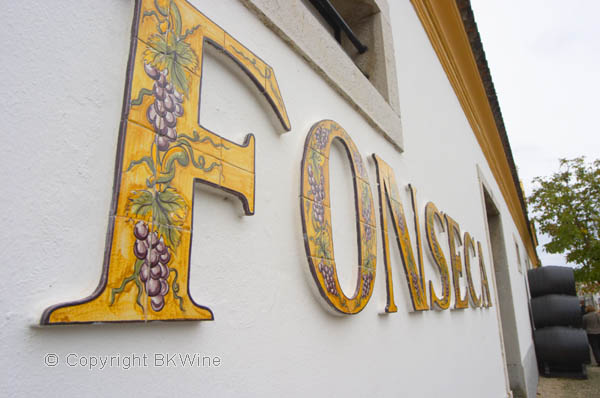
The tasting continued with several red wines.
Ripanco Private Selection 2013 is made from a blend of syrah and the local grapes Aragones and Alicante Bouschet: an straight-forward medium-bodied wine with red berries and some tannins.
Periquita Original 2013 must be one of the all-time best-selling wines in Sweden is, as always, an easily accessible wine with lots of fruit and with herbs and a little oak character.
Periquita Reserva 2012 has more barrel character and consistently gives a more mature impression.
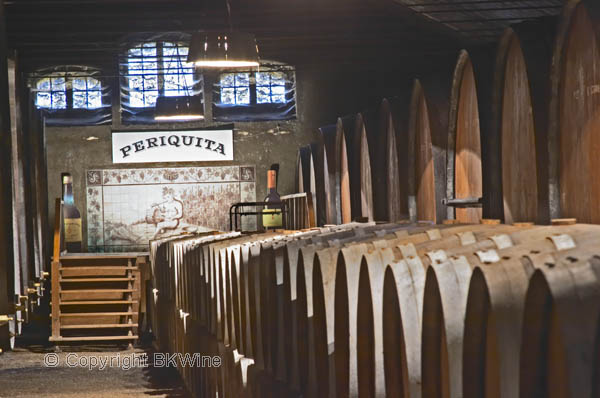
Magico 2012 is produced in the Douro from grapes of the varieties Touriga Nacional, Tinta Roriz and Touriga Francesa, a table wine with soft tannins and with flavours of cherry and spices.
Periquita Superyor 2009 is a prestige cuvee in the Periquita wine family. It is produced only good years from selected grapes and is stored in oak barrel for longer than the simpler versions. It also contains a small amount of Cabernet Sauvignon. The wine was very complex and also had a more barrel aged character.
Domino Plus 2011 is a Douro wine aged 14 months in new French oak barrels, which gives a very interesting wine.
J de José de Sousa 2011 is made mainly from a grape called grand noir, originally from the south of France. In Portugal, this is a relatively common grape and gives wines with lots of colour and aromas. The wine has been partly foot trodden and fermented in open vats with long skin contact and aged in French oak barrels for 14 months. It is in my opinion the best red wine in the tasting with lots of colour, tannins and balanced acidity, sweet and fruity with hints of plum, black currant, chocolate and spices.
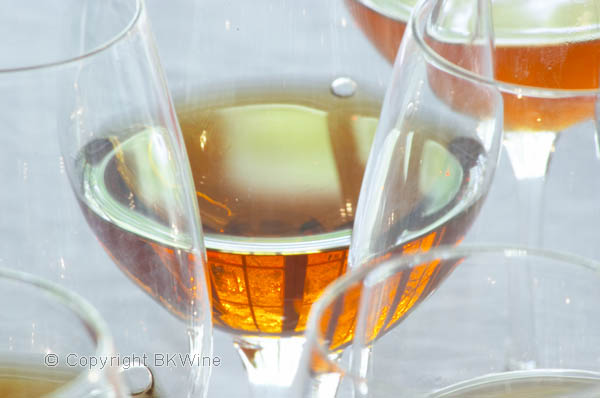
Finally, we tasted two Moscatel de Setúbal, a sweet wine that goes well with sweet desserts. Moscatel de Setúbal 2009 is a vintage wine stored in old barrels so that they don’t give any oak character to the wine. The wine is very sweet with a slightly burnt character with raisins and dates in taste. Alambre Moscatel de Setubal 20 Anos is a blend of wines where the youngest is 20 years old and the oldest is from 1911. Big nose with a complex burnt flavour with nuts, chocolate and a quite high acidity.
The tasting was organized by The Wineagency JM da Fonseca importer in Sweden.
Peter Cronström writes on BKWine Magazine on wine tastings with wine merchants and importers.
[box type=”info” style=”rounded” border=”full”]If you are interested in Portuguese wines you can join us at BKWine on a wine tour to Portugal in October.
Travel to the world’s wine regions with the experts in wine and the specialist in wine tours.
Wine tours that gives you a unique wine experience. BKWine wine tours.[/box]
